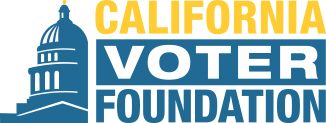Excerpt:
California’s youngest voters are three times more likely to have their mail ballots rejected than voters as a whole, a new study has found, highlighting a problem that could grow as more of those inexperienced voters turn out in November.
A study by the nonpartisan California Voter Foundation of three California counties — Sacramento, San Mateo and Santa Clara — found that in the November 2018 election, voters ages 18-24 made up the smallest number of mail voters of any age group, but had by far the highest number of rejections.
“With young and new voters the high rejection rate persists, even though the state has made a lot of changes to bring it down,” said Kim Alexander, the foundation’s president and author of the report.


